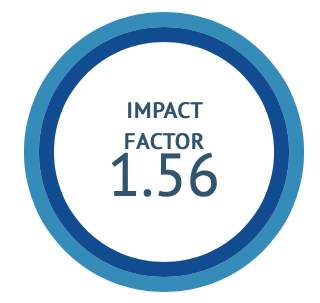Quantification of the Ethnomedicine Data Collected from the Kanikkars in Kanyakumari District, Tamil Nadu, India
DOI:
https://doi.org/10.47552/ijam.v16i1.5304Keywords:
Ethnobotany, Traditional Medicine, Ethnomedicine, Quantitative Ethnomedicine Indices, Preference Ranking ExerciseAbstract
This study aims to explore the traditional medicinal plants used by the Kanikkar community, which resides in 26 villages within the Petchiparai Panchayat area of Kanyakumari District, Tamil Nadu, India. These plants are crucial in treating various health issues the community faces. To gather ethnomedicinal information, we conducted interviews and group discussions with 252 participants, including 146 men and 106 women aged 20 to 60. Our research identified 215 species of medicinal plants belonging to 179 genera across 75 families, documenting each species and its medicinal uses. We analyzed the ethnomedicinal data using several quantitative metrics, including the Frequency of Citation Percentage (FC%), which tracks how often a plant is referenced for specific ailments; the Relative Frequency of Citation (RFC), which measures a plant's popularity; the Fidelity Level (FL), indicating the consistency of its use for certain conditions; and the Informant Consensus Factor (FIC), which assesses the agreement among informants regarding the uses of specific plants. We employed Direct Matrix Ranking (DMR) and Preference Ranking (PR) techniques to emphasize the importance of various plant species. This comprehensive evaluation highlights the rich ethnomedical knowledge of the Kanikkar community and stresses the significance of protecting their traditional practices along with the biodiversity that supports them.
Downloads
Published
How to Cite
Issue
Section
License
Copyright (c) 2025 International Journal of Ayurvedic Medicine

This work is licensed under a Creative Commons Attribution-NonCommercial-ShareAlike 4.0 International License.
The author hereby transfers, assigns, or conveys all copyright ownership to the International Journal of Ayurvedic Medicine (IJAM). By this transfer, the article becomes the property of the IJAM and may not be published elsewhere without written permission from the IJAM.
This transfer of copyright also implies transfer of rights for printed, electronic, microfilm, and facsimile publication. No royalty or other monetary compensation will be received for transferring the copyright of the article to the IJAM.
The IJAM, in turn, grants each author the right to republish the article in any book for which he or she is the author or editor, without paying royalties to the IJAM, subject to the express conditions that (a) the author notify IJAM in advance in writing of this republication and (b) a credit line attributes the original publication to IJAM.




